
Everyone has heard of Powermaster, and there’s good reason for that. They are a high-quality supplier of aftermarket automotive electrical items and more. Within the Mopar world we have a love/hate relationship with our electrical systems. We can diagnose a voltage regulator issue and easily swap it out, or we can be sitting at a stoplight and our lights dim to barely candlelight. Fortunately, Powermaster has gone out of their way to ensure that us Mopar contingent are not left in the dark.
Walking into the Powermaster’s facility in West Chicago, Illinois, I carried a bunch of incorrect assumptions about their manufacturing process in my mind, having been to other facilities that produce many numbers of automotive products. The hardest to produce is usually for the electrical system. They need another level of complexity to properly work right, and make sure your vehicle doesn’t burn to the ground! Getting a quality product will save you time and money from the horrors of a sub-par products you bought online and fried your electrical system.

Not too long ago, a friend bought a Powermaster Mopar alternator online. It said Powermaster, looked like one of their products. He installed it and it nearly burnt his car down. Upset, he wrote a detailed letter to Powermaster about the quality of their products and returned the alternator. A short time later they called him; they had read his letter and completely went through the alternator he had sent… and it was overseas knockoff. Even with all that, they still worked with him to find a solution to his problem. He put a new legit Powermaster alternator on the car, and at last check it is still running after several thousand miles of adventure.
This kind of hands-on level of personal relations is what Powermaster is all about. The president of Powermaster, John Babock, and VP Denise Lawerence, personally greeted me at the facility when I arrived, there was even a nice sign out front welcoming Mopar Connection Magazine! They walked me through the entire facility and explained each section and how it all operates. The parts and processes they showed me convinced me that most everything I thought I knew about their manufacturing process wrong.
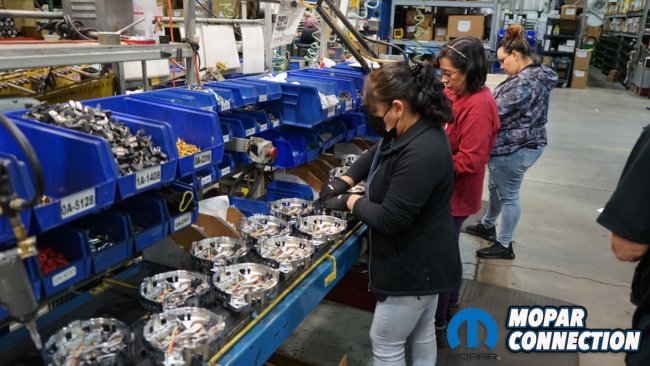
Going through the facility, there’s a flow to how things operate. They have long and short assembly lines. The longer ones are generally used for larger runs of items, while the smaller ones are called “flexible” assembly lines, allowing for multiple different products to be quickly interchanged and brought online with very little downtime. The fact that they had more than one style of production line was a surprise. At every step, individuals were checking and rechecking the products for any sort of issues.
One of the points they reiterated was most employees had been worked there for over a decade. Some had been working with the company for over 30 years! These employees had become experts at each of their tasks and knew what to do, what to look for and how to handle any sort of hiccup that occurred. You don’t hear of people staying at one job that long nowadays; it was refreshing to say the least.

Here were the big things I thought when going through the facility: I thought most everything was brought in from somewhere else and just finish assembled here. The windings all done, just slap them in a case and move on. It blew my mind that I was wrong. Mr. Babcock showed me giant spools of bare wire. All the windings in all their parts are made right on site. The windings that are in the alternator or starter or anything else is made to their standards and put together right there in West Chicago. Woven to a level of quality that I had not seen.
Their quality standards also surprised me. I am working on another project where I had been researching jumper cable wiring. Nowadays it is not uncommon that jumper cables and even cheaper wiring in the aftermarket is aluminum wire with just a cooper coating. Not so at Powermaster! They make their own charging wires and jumper cable wires on site with bulk spools of wire that are pure copper. None of this aluminum coated in copper stuff. And those wires are built right there, and tested in their on-site Quality Control Department, along with everything else they produce.

You would think that it would stop with just the windings and some other smaller components, but again my assumptions were wrong. In the center of the building, you could hear a booming thump, thump, thump going on. Again, they were making their own starter cases! They had a 200 and 300-ton press that would take bulk flat steel or other material and would cut and form brand new cases for all sorts of products they produce. When I was there, they were doing diesel starter cases, big heavy-duty ones.
That’s not to say that everything is made in-house, they have to source some parts from around the world, an example is some of the main rotor pole pieces require a certain, high-quality steel be used, and only one foundry in the entire world is able to do such quality, and it is in India. The same place that some high-end auto manufacturers get parts for their alternators.

Around the building, every spot had people working the lines, making sure everything was running smoothly and there was no hiccups. They had CNC mills whirling, making different pulleys for different applications. Serpentine belt? No problem. Single groove? Double groove? No sweat. It’s just as easy as uploading a program. They had a board of just about every style of pulley used in the modern era so they could easily match up what they make to what it should be.
At the end we circled back to a nice cart lined up with all the offerings they have that work in Mopars, from a 1969 Dodge Charger to the new Jeeps. They are even working on a new 3rd Gen Hemi alternator that requires no computer to run. I had no idea that the modern Mopar alternators needed the full power of a computer to operate, but they do. And Powermaster is working on one that will not need a computer to run, which will help making these modern powertrain swaps even easier!

Their entire Mopar lineup was the topmost quality, I personally will be purchasing one of their new higher output stock style square back alternators for my 1971 Challenger with a 383 big block soon. And I know a Powermaster XS Torque starter cranks the high compression 535cui stroker over in Mopar Connection’s Brazen Charger. Now that I know that every single Powermaster product is made with exacting standards, checked for quality, and made for the consumer how can you go wrong?!
















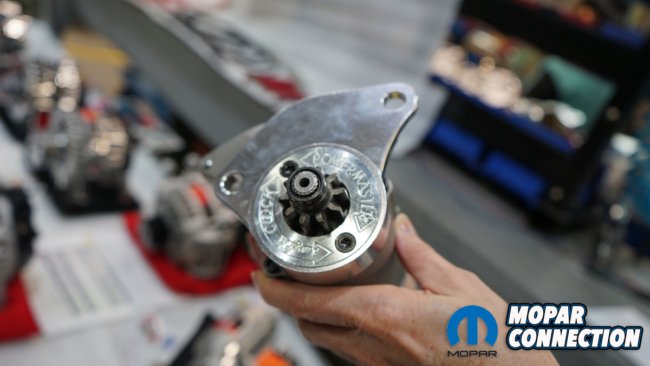
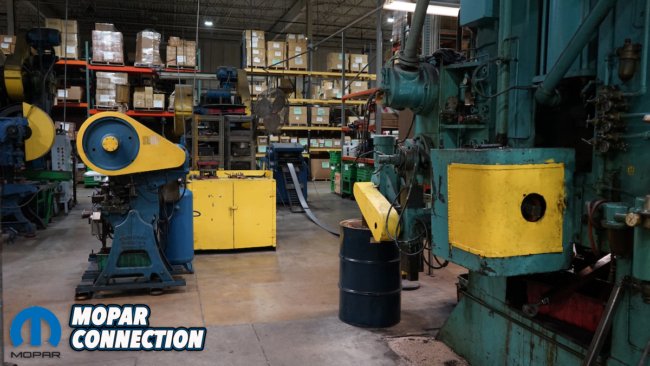
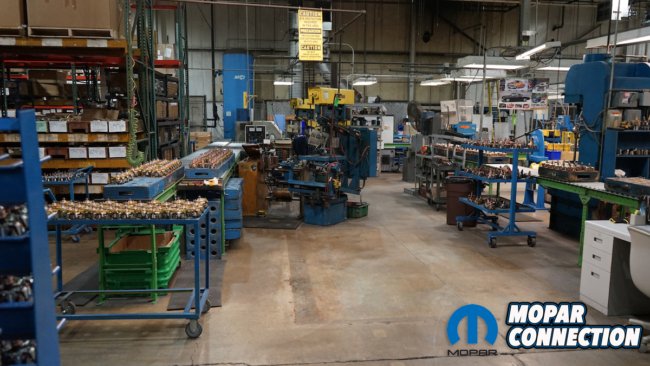
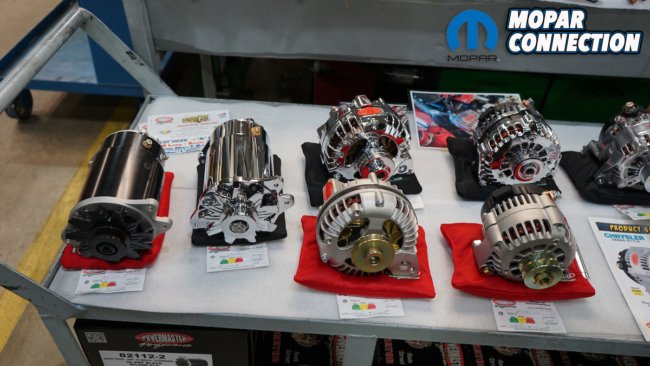










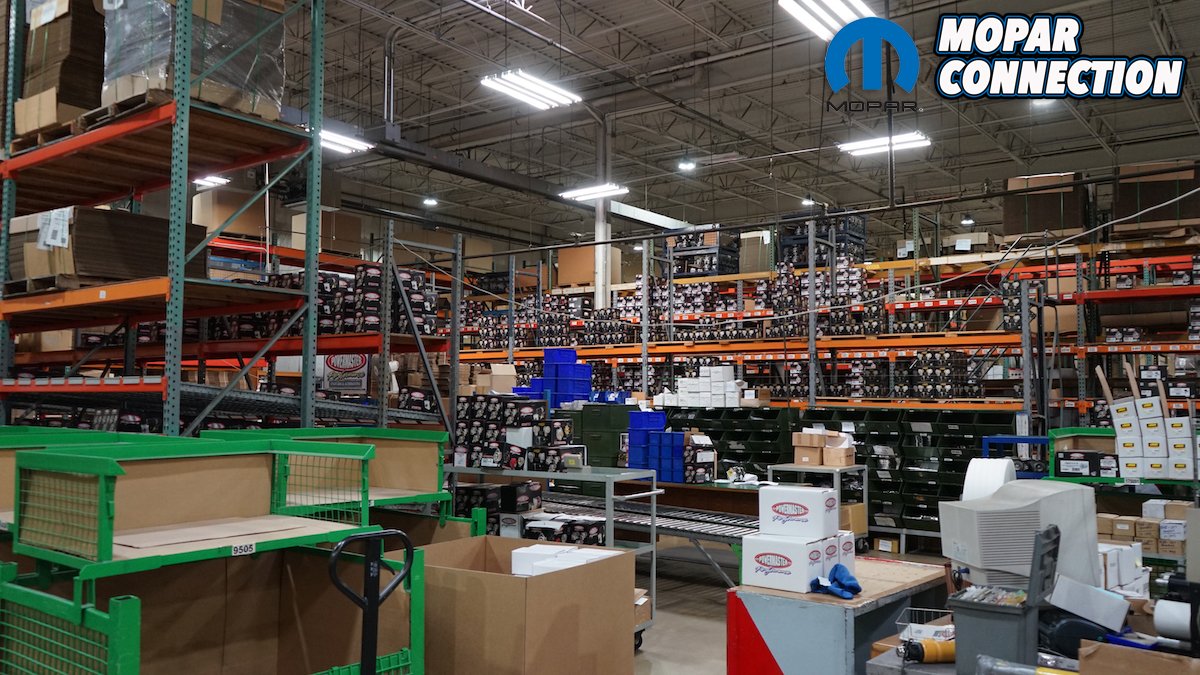









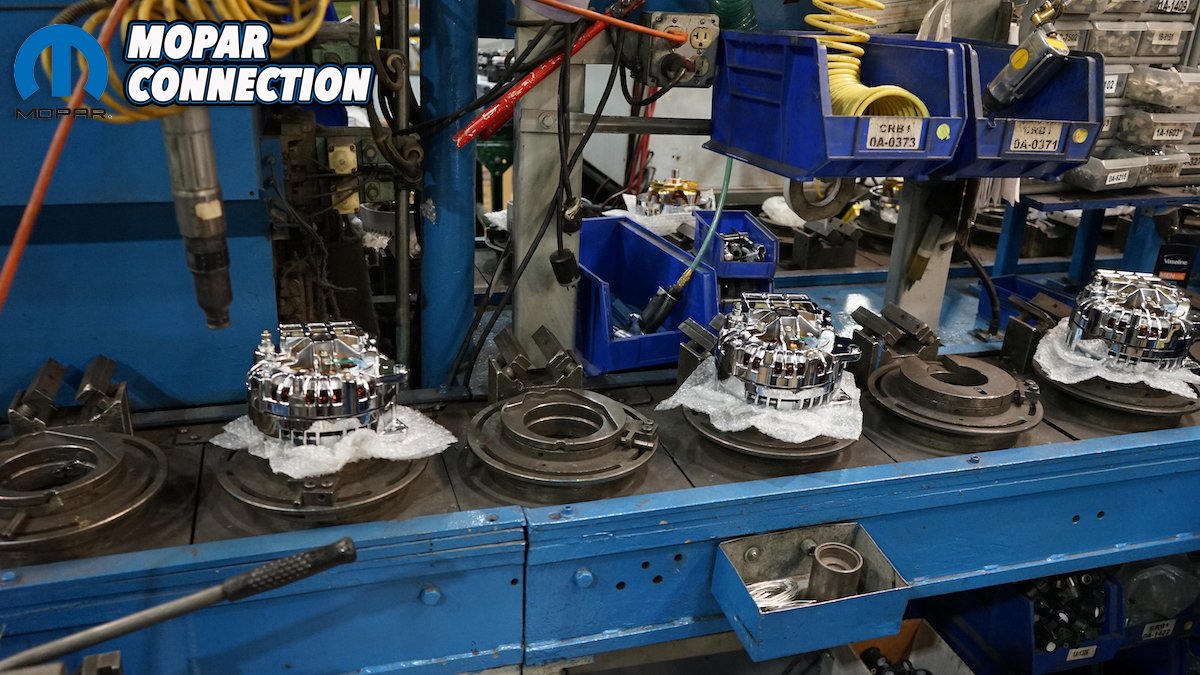


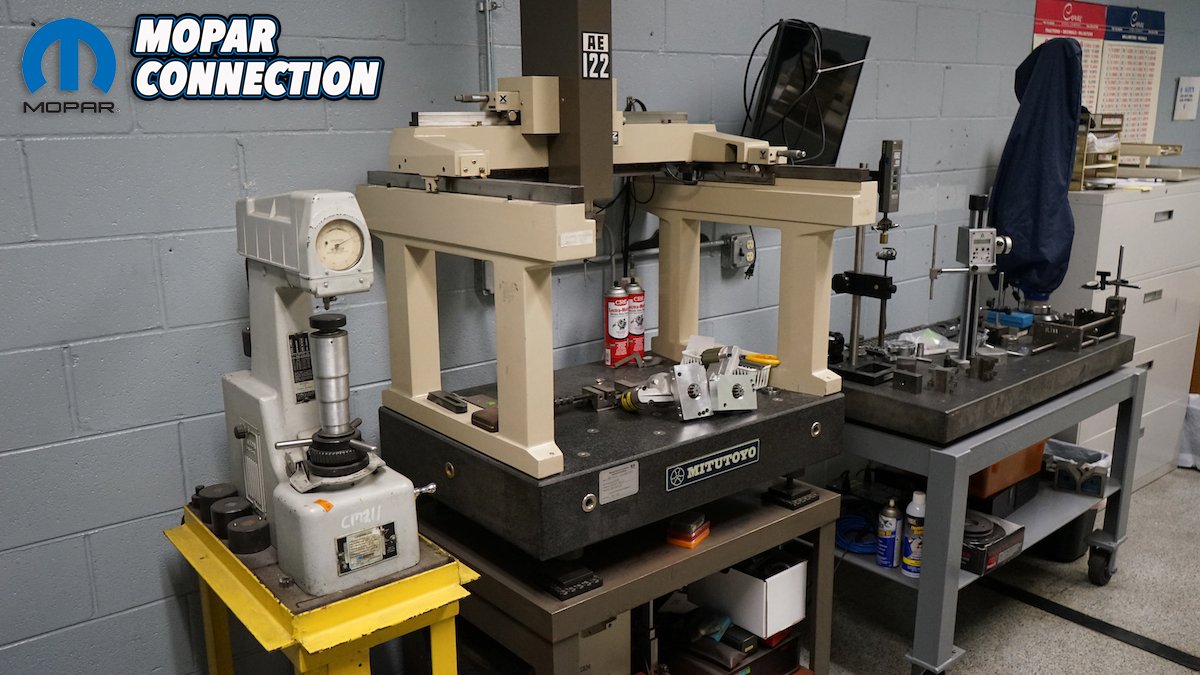











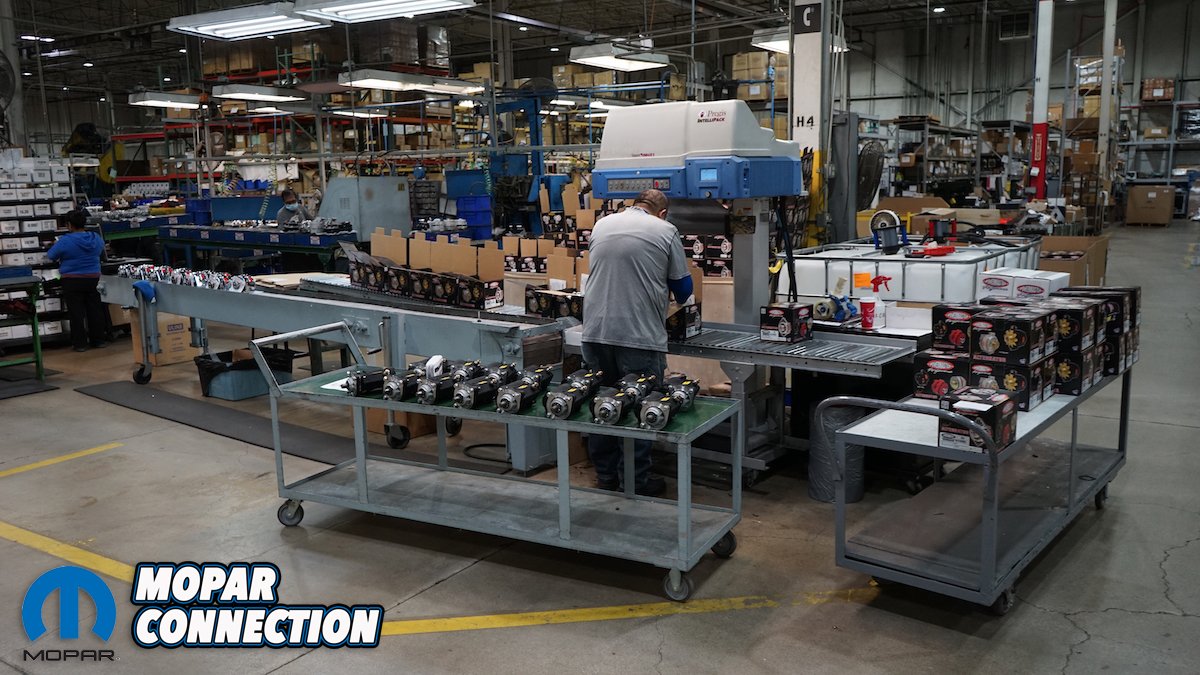









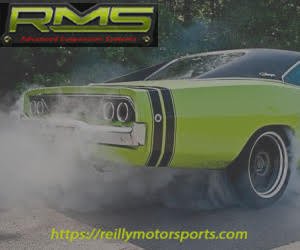


 Mopar Connection Magazine – The ONLY Daily Mopar Magazine © 2022. All Rights Reserved. Mopar Connection Magazine is the ONLY daily Mopar Magazine bringing you the latest Mopar news, technology, breaking news, and Mopar related events and articles. Find out the latest information about Mopar, Mopar products and services, stay up to date on Mopar enthusiast news, dealership information and the latest Mopar social media buzz! Sign up for the Mopar Connection Magazine newsletter for the latest information about new products, services and industry chatter. Mopar Connection Magazine is the best and only source you need to be a Mopar industry insider!
Mopar Connection Magazine – The ONLY Daily Mopar Magazine © 2022. All Rights Reserved. Mopar Connection Magazine is the ONLY daily Mopar Magazine bringing you the latest Mopar news, technology, breaking news, and Mopar related events and articles. Find out the latest information about Mopar, Mopar products and services, stay up to date on Mopar enthusiast news, dealership information and the latest Mopar social media buzz! Sign up for the Mopar Connection Magazine newsletter for the latest information about new products, services and industry chatter. Mopar Connection Magazine is the best and only source you need to be a Mopar industry insider! by
by